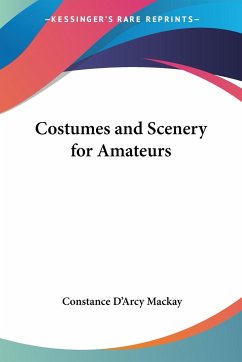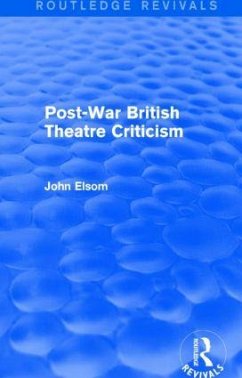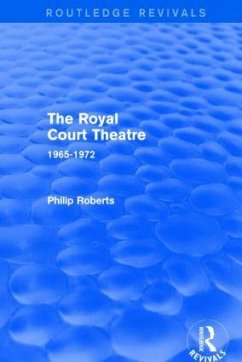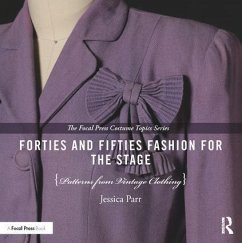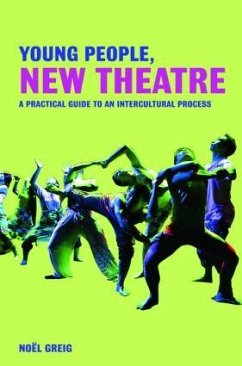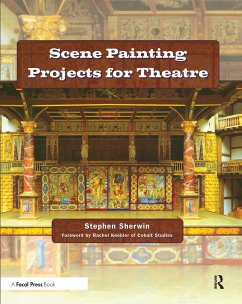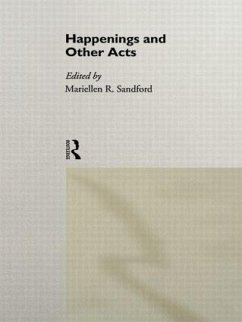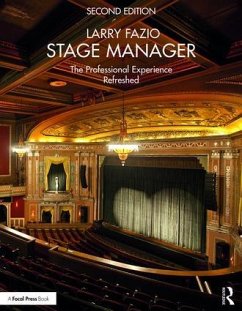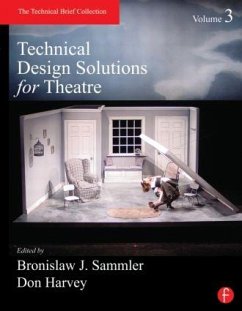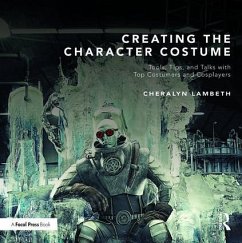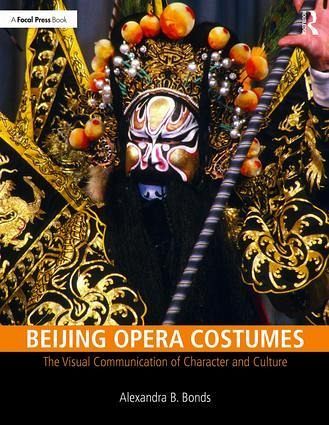
Beijing Opera Costumes
The Visual Communication of Character and Culture
Versandkostenfrei!
Versandfertig in über 4 Wochen
83,99 €
inkl. MwSt.
Weitere Ausgaben:

PAYBACK Punkte
42 °P sammeln!
Beijing Opera Costumes illuminates the links between theatrical attire and social customs of China, covering both the theory and practice of stage dress. Presenting the brilliant colors of the elaborately embroidered silk costumes together with the intricate makeup and glittering headdresses, this volume embodies the elegance of th




